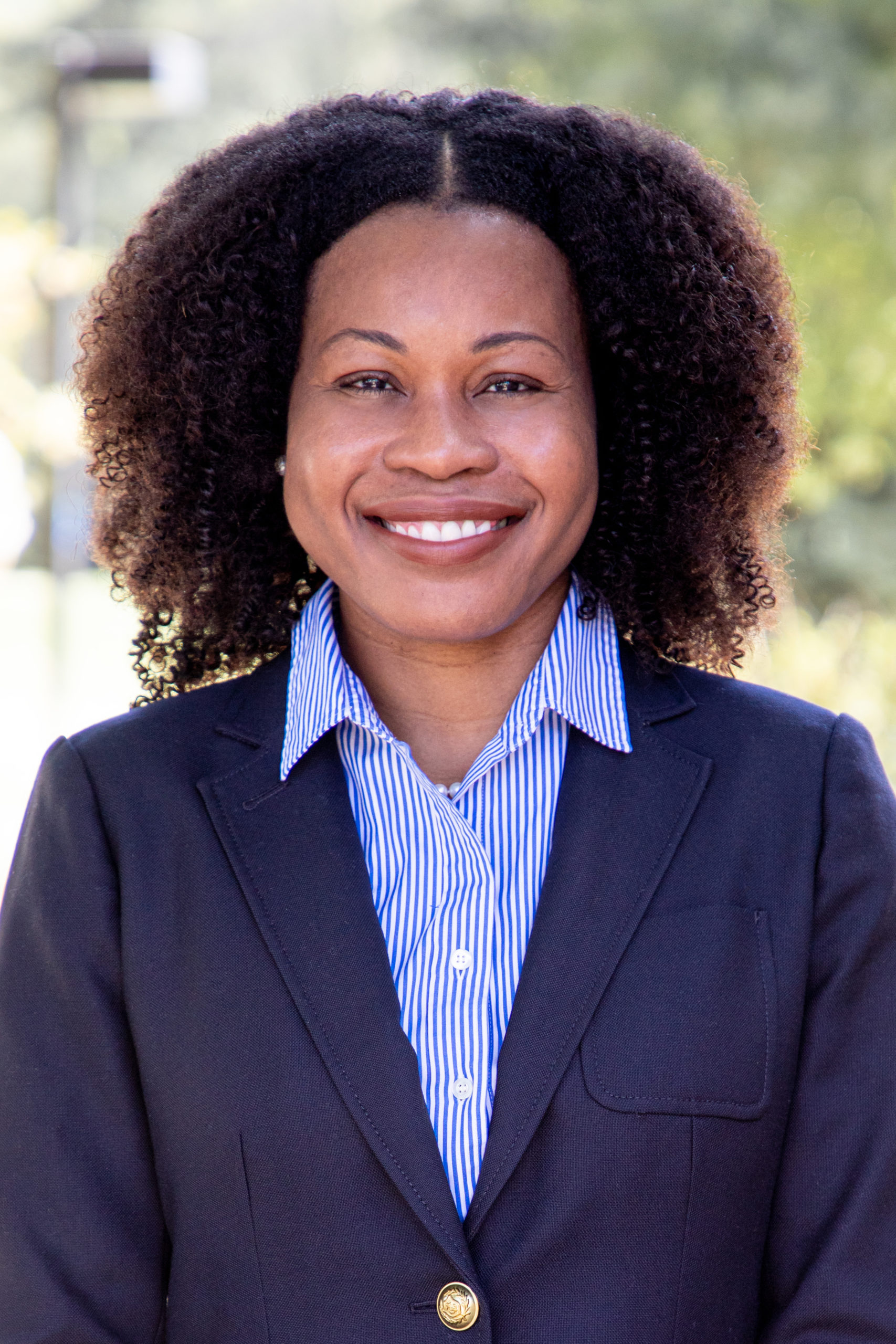Monthly Archives: September 2021
Sep 30, 2021 Eli NachmanyAdministrative Law
This summer, Dædalus, the Journal of the American Academy of the Arts and Sciences, turned its focus to public administration and the regulatory state. Mark Tushnet served as the Summer 2021 Dædalus Issue’s Guest Editor, compiling essays from leading lights of administrative law like Cass Sunstein, Aaron Nielson, and Judge Neomi Rao. Professor Nielson’s piece, Deconstruction (Not Destruction), is the latest work in a line of scholarly literature that acknowledges the growing libertarian discomfort with perceived excesses of administrative governance (perhaps best embodied in the scholarship of Professor Philip Hamburger and the jurisprudence of Justice Neil Gorsuch) and proposes an alternative path forward for regulatory state skeptics. Some other such works include Professor Jeff Pojanowski’s 2020 Harvard Law Review article Neoclassical Administrative Law and Professors Sunstein and Adrian Vermeule’s new book Law and Leviathan.
Conceding at the beginning of the essay that “[t]he Supreme Court is not about to declare most of the federal government unconstitutional,” Professor Nielson is nevertheless sympathetic to the idea that today’s administrative-centric federal model presents serious issues. Professor Nielson’s thesis proceeds from the premise that, in the context of administrative law, commentators typically associate the word “deconstruction” with former White House Chief Strategist Stephen Bannon’s assertion that the Trump Administration sought to “deconstruct”—read: destroy—the administrative state. Professor Nielson takes a step back and reinterprets deconstruction in the “more technical sense of examining the administrative state to identify where theory and reality diverge and what can be done to fix it.” This reconsideration, Professor Nielson argues, is long overdue; to the extent that the federal government has constructed the administrative state over the last century or so, Professor Nielson proposes deconstruction as a way of rigorously interrogating the theories and assumptions underlying said efforts. Continue reading "A Second Look at the Administrative State: Deconstruction as Reassessment"
Sep 29, 2021 Noah ZatzWork Law
Amidst summer 2020’s momentous uprisings, a terminological tempest briefly arose over what counted as a “strike.” In the wake of a police attack on Jacob Blake in Kenosha, WI, the NBA’s Milwaukee Bucks, followed quickly by a host of professional athletes, collectively refused to work in solidarity with Black Lives Matter and in protest of anti-Black state violence. Many commentators eschewed the word “strike” on the ground that the actions, like Colin Kaepernick’s and other athletes’ earlier national anthem protests, were “political” in nature, not focused on the “economic” relationship between the workers and their own employer. That dispute raised fundamental questions about the nature of work and the function of worker organizing, questions addressed more generally by Diana S. Reddy’s outstanding recent Yale Law Journal Forum essay ‘There Is No Such Thing as an Illegal Strike’: Reconceptualizing the Strike in Law and Political Economy.
Reddy’s essay provides a magnificent and generative tour through the fraught relationship between the “economic” and the “political” in labor law via the topic of strikes. This wide-ranging and deep piece of scholarship briskly covers and knits together an impressive span of labor history, labor law, and social theory. It should draw the attention not only of labor law scholars but all those interested in the emergent Law and Political Economy movement. Continue reading "Striking Labor Law’s Economic/Political Divide"
Sep 28, 2021 David HortonTrusts & Estates
One of my favorite forms of academic writing is the Note or Comment. Students have an uncanny ability to make the most of issues that professors might overlook.
A case in point is Francesca Torres’s Note, Electronic Wills: COVID-19 Relief or Inevitable Trouble For California? Torres, a rising 3L at McGeorge, skillfully tells the story of California’s failed electronic will statute, Assembly Bill 1667. Continue reading "The Long, Tortured History of California’s Nonexistent Electronic Will Statute"
Sep 27, 2021 Cristina TilleyTorts
Among legal academics, the intentional infliction of emotional distress tort is having a moment. Long derided as the “redheaded stepchild” of personal injury law, IIED is being rediscovered by scholars seeking new interventions against social ills like workplace oppression and ethnoviolence. Tasnim Motala is the latest writer to explore the promise of the IIED tort, this time as a response to racist speech. In Words Still Wound: IIED & Evolving Attitudes toward Racist Speech, Motala makes three crucial moves: she concretizes the injury of racial insult; she documents the limits of legislative efforts to stigmatize and deter this speech; and she revisits the intellectual history of the tort to suggest its capacity to redress speech-inflicted wounds. Some of these moves work better than others, but in the end, Motala has advanced an important conversation about private law’s power to change social norms.
From its inception in the early twentieth century, lawyers and judges have been suspicious about IIED, often because they have resisted the idea that emotional injuries are sufficiently “real” to merit the law’s protection. This suspicion has been especially intense where the claimed injury arises from a defendant’s use of the legal right and cultural privilege to express personal opinions. Motala meets this objection head-on, showing how racial epithets rupture both the individual and society. She draws on extensive interdisciplinary literature showing that racial insults in person-to-person encounters inflict harms so widely recognized that psychologists have medicalized them as “race-based trauma.” (P. 123.) This trauma has been empirically demonstrated to cause “anxiety, hypervigilance to threat, [and] lack of hopefulness for [the] future,” often leading to depression and substance abuse. (P. 123-24.) Leveraging tort’s simultaneous concern with private rights and social concerns, Motala argues that when these injuries are unredressed, they corrode both individual well-being and the social trust on which economic and democratic structures rely. (P. 120, 123.) Notably, Motala does not try to placate critics who insist that only physiological injury counts for tort liability. She subtly rejects the terms on which these critics want to joust, instead urging readers that tort’s concerns go beyond the tangible alone. Continue reading "Torts That Heal Words That Wound"
Sep 24, 2021 Stacy-Ann ElvyTechnology Law
Nicole McConlogue,
Discrimination on Wheels: How Big Data Uses License Plate Surveillance to Put the Brakes on Disadvantaged Drivers, 18
Stan. J. Civ. Rts. & Civ. Lib. __ (forthcoming, 2022), available at
SSRN.
Over the last decade the use of automated license plate reader (ALPR) technology has increased significantly.Several states have adopted legislation regulating the use of ALPRs and associated data. At the federal level, bills have been proposed to address law enforcement agencies’ use of ALPRs and companies’ use of automated algorithmic decision-making systems. There has been significant debate about the privacy and constitutional implications of government actors’ use of ALPR technology and ALPR data.
However, as Professor Nicole McConlogue observes in her excellent forthcoming article, Discrimination on Wheels: How Big Data Uses License Plate Surveillance to Put the Brakes on Disadvantaged Drivers, less attention has been paid to corporate actors and the way their use of ALPRs connects with their use of automated algorithmic decision-making. Corporate entities are increasingly using data collected by ALPRs together with predictive analytics programs to determine the types of opportunities that consumers receive. Professor McConlogue makes an important contribution to scholarship in the consumer and technology law fields by exposing the relationship between ALPR technology and automated algorithmic decision-making in the automobile lending industry. Her work links what are often distinct discussions of surveillance technologies and automated decision-making, as used by the private sector in consumer transactions, thus bridging the fields of consumer law and technology law. Continue reading "Automated Algorithmic Decision-Making Systems and ALPRs in Consumer Lending Transactions"
Sep 23, 2021 Leigh OsofskyTax Law
Leslie Book,
Tax Administration and Racial Justice: The Illegal Denial of Tax Based Pandemic Relief to the Nation’s Incarcerated Population, 72
S. Carolina L. Rev. __ (2021), available at
SSRN.
In Tax Administration and Racial Justice: The Illegal Denial of Tax Based Pandemic Relief to the Nation’s Incarcerated Population, Leslie Book tells the remarkable story of the Coronavirus Aid, Relief, and Economic Security (CARES) Act emergency relief payments and the incarcerated population. In addition to having numerous plot twists and turns, the story underscores an important, underexamined issue: when the government administers the law, it imposes burdens (or frictions) on the public. These burdens may be borne disproportionately by different groups, including along racial dimensions. Anyone interested in agencies, tax administration, or race and the law would benefit from reading Book’s paper.
As Book describes, when Congress passed the CARES Act, it authorized the IRS to pay out economic relief payments of $1,200 (for adults) and $500 (for dependent children) as “rapidly as possible.” The IRS dutifully did so, including by making approximately $100 million in payments to federal, state, and local prisoners by April 2020. However, the IRS then inexplicably reversed course, deciding that prisoners were not eligible to receive the economic relief payments, but not providing any basis or explanation for its reversal. The IRS tried to recover the payments it had previously made to prisoners as allegedly erroneous and issued a Frequently Asked Question (FAQ) on the IRS website indicating that any incarcerated individual who had received a payment needed to return it to the IRS. Leiff Cabraser, a public interest law firm, brought a class action lawsuit on behalf of incarcerated individuals and eventually won in district court. The court ordered the IRS to change its position regarding prisoners’ entitlement to the payments and ensure that eligible, incarcerated individuals received their payments. Notwithstanding this court victory for incarcerated individuals, difficulties in the IRS’s administrative process prevented many from receiving the payments in 2020, undermining the IRS’s ability to meet Congress’s mandate of making the payments “as rapidly as possible.” Continue reading "Racialized Frictions in Tax Administration"
Sep 22, 2021 Jamila Jefferson – JonesProperty
“Cities are difference engines, and one of the qualities they assign is the place of class in space.” Professor Audrey G. McFarlane uses this quote to open her 2019 article, The Properties of Integration: Mixed-Income Housing as Discrimination Management. In this article, she argues that mixed-income housing policy operates within an inherent tension between our political and policy desires to integrate and our “enduring expectations and practices for race and class separation and exclusion.” (Pp. 1146-47.)
McFarlane argues that, rather than seeking to eradicate class- and race-based discrimination, mixed income housing policy instead seeks merely to “manage” such discrimination. Unfortunately, “Managing discrimination requires taking on the mindset of those who would discriminate.” (P. 1212.) Continue reading "Sneaking in Through the Back Poor Door: Why Mixed-Income Housing Merely Manages Discrimination"
Sep 21, 2021 Sida LiuLegal Profession
What would you call it when a former government official joins a corporate law firm? This is commonly known as revolving doors between market and politics in the United States but, in France, it has a different name: pantouflage. As Antoine Vauchez and Pierre France explain in their book The Neoliberal Republic: Corporate Lawyers, Statecraft, and the Making of Public-Private France, pantouflage “bears a different meaning than revolving doors as it does not imply moving back and forth but rather a departure from the public sector.” (P. 55.) Such a departure of professionals from the public sector is also a familiar scene in other countries, such as China, where hundreds of mid-career judges, procurators, and other state officials leave their government or judicial posts to become lawyers in private firms every year.
Most existing studies on these professionals traveling between the public and private sectors emphasize either the personal benefits that they get from their “political embeddedness” or the economic consequences of their brokerage between state and market for their clients. Vauchez and France also observe similar dynamics in France, yet the focus of their book is on the structural consequences of pantouflage, namely, the blurring of the “border between public and private.” (P. 132.) Drawing on Michael Walzer’s theory of normative social differentiation, which proposes that the democratic space is made possible by the separation of the public sphere from other social , the authors argue that “the blurring of the public-private dividing line…calls into question the very conditions in which the public interest is defined.” (Pp. 132-133.) They even pose the question of whether the rise of pantouflage since the 1990s has punched “a black hole in democracy.” (P. 117.) Continue reading "Pantouflage, Revolving Doors, and Space Travelers"
Sep 20, 2021 Adam N. SteinmanCourts Law
The last Supreme Court Term featured a bumper crop of important decisions on standing, justiciability, and remedies. The outcomes were not monolithic. Some were sympathetic to those seeking access to judicial remedies in federal court, while others seemed to erect significant barriers—even in stark defiance of the express will of the federal government’s two other branches. The Court’s recent pronouncements also reveal sharp divides among the justices about issues at the heart of what they and the rest of the federal judiciary actually do: determine whether and when parties are entitled to judicial remedies.
Against this backdrop, Rachel Bayefsky’s article offers an especially timely and valuable contribution. Bayefsky identifies and critiques what she calls the “circumscribed” approach to the remedial authority of federal courts. At the core of this approach is a presumption that judicial remedies address solely the parties’ material circumstances. As Bayefsky shows, this vision undergirds the Court’s (or at least some justices’) attitudes on a range of issues—whether parties have Article III standing to sue in federal court, whether an offer of complete relief to a class representative can thwart a class action by mooting the representative’s individual claims, whether suits seeking only nominal damages may proceed in federal court, whether a party has “prevail[ed]” such that they are entitled to attorney fees, and whether injunctive relief for unconstitutional conduct may extend “nationwide.” For these issues, the circumscribed theory threatens to restrict or burden access to the federal courts and the power of those courts to remedy legal violations. And the circumscribed approach often acts as a matter of constitutional law—dictating the scope of Article III’s “case or controversy” requirement in a way that shuts the doors to federal courts. Continue reading "Standing for Something More: Respect and Article III"
Sep 17, 2021 Bethany BergerLexNative Peoples Law
Hana E. Brown,
Who Is an Indian Child: Institutional Context, Tribal Sovereignty, and Race-Making in Fragmented States, 85
Am. Soc. Review 776 (2020), available at
SAGE.
The Indian Child Welfare Act (ICWA) is under attack, and legal scholars (including me) have written much about it. But being lawyers, we typically focus on judicial decisions, and within that set, on decisions with precedential impact. That makes sociologist Hana Brown’s Who Is an Indian Child: Institutional Context, Tribal Sovereignty, and Race-Making in Fragmented States a welcome intervention. By examining the different ways that social workers, state courts, and federal judges apply ICWA’s “Indian child” definition, Brown provides valuable insights not just on ICWA, but on race-making generally and the importance of institutional context in translating law into practice.
To be covered by ICWA, a child must be an Indian child as the statute defines it. The definition rests on tribal citizenship: a child must be either enrolled in a tribe, or be eligible for enrollment and have a biological parent who is enrolled. 25 U.S.C. § 1903(4). But social workers and courts have applied the definition through a racial lens and excluded children from coverage because they were not racially Indian enough. Exclusion denies children, families, and tribes ICWA’s protections for family preservation and tribal sovereignty. Continue reading "Institutions, “Indian-ness,” and ICWA Implementation"















